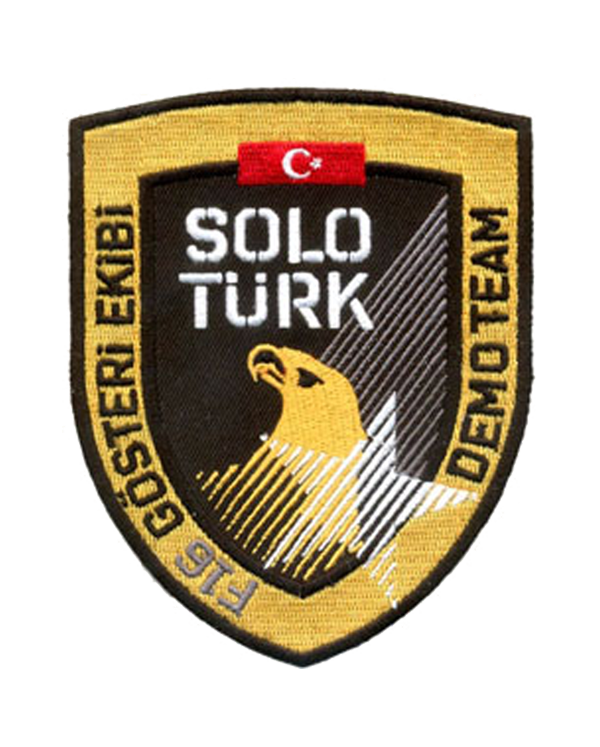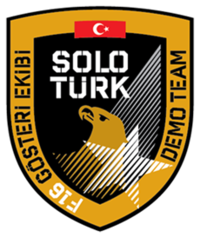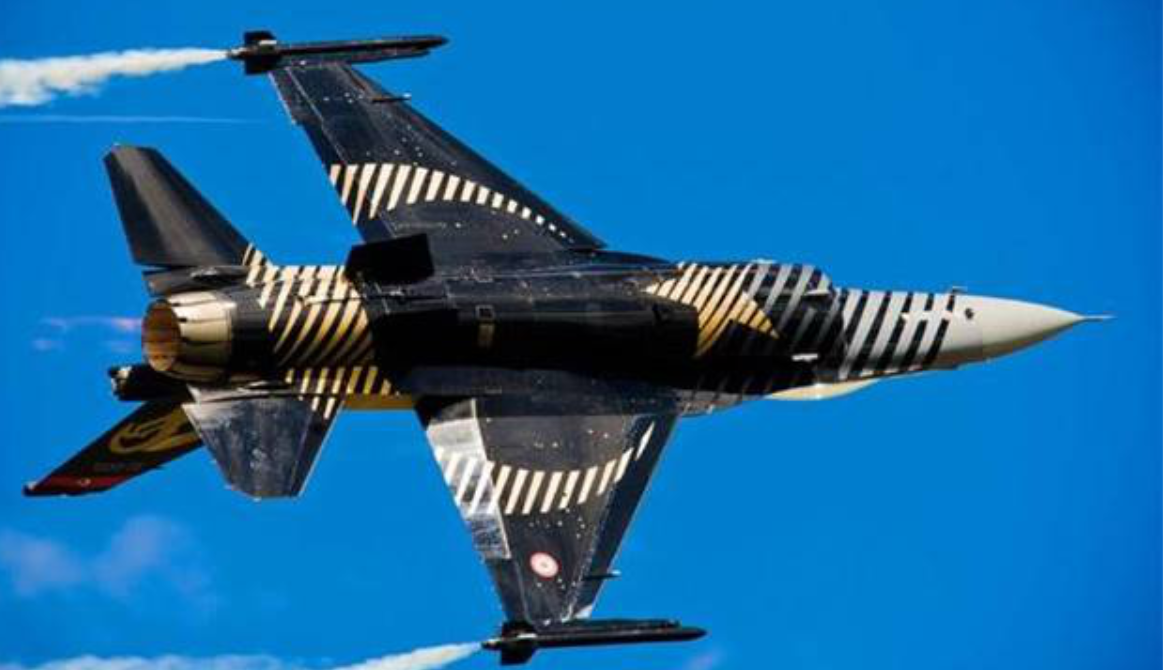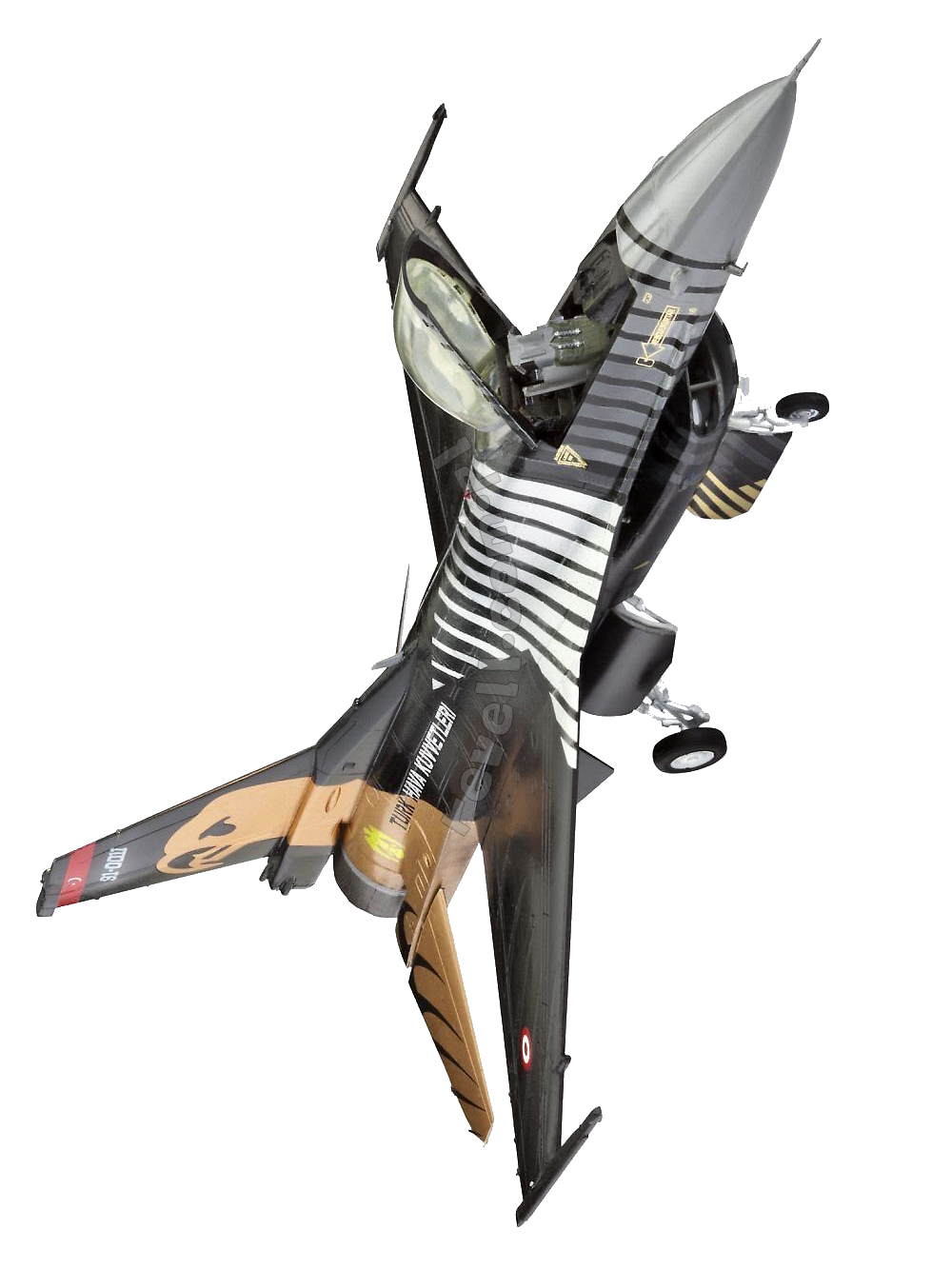
HeadGing 3
Solo Turk Wikipedia link
Heading 6
SoloTürk or Solo Türk, often stylized as SOLOTÜRK, is a single-aircraft aerobatic demonstration team of the Turkish Air Force.
Amazing Team SOLOTÜRK
SoloTürk or Solo Türk, often stylized as SOLOTÜRK, is a single-aircraft aerobatic demonstration team of the Turkish Air Force. Plans for the team began in November 2009 and the pilot training process was finalized in August 2010 with three pilots initially. The first demonstration flight was performed within the military in September 2010, and the team made its first public appearance 15 April 2011. Since then, SoloTürk has participated in several national and international airshows, with most maneuvers in demonstration flights being special to the team.
Team SOLOTÜRK "Turky"
The development of a one-aircraft aerobatic team started on 25 November 2009. The pilots were selected in January 2010 and training started in May the same year, which lasted three months. The first display flight was performed on 1 September 2010 to then Turkish Air Force commander Hasan Aksay at the 4th Main Base Jet Command, where the team was stationed until 2016. The team made its first public appearance on 15 April 2011 at the Akıncı Air Base in Ankara during the 100th anniversary event of the Turkish Air Force. At the final Waddington International Air Show in 2014, SoloTürk ducked under the glide slope on final approach and made an extremely low-pass above the audience watching the aircraft land
Created in 2009
|
|||||||||||||||||||||||||||
|
|
||
|
||
|---|---|---|
Team Solo Türk "Italy"
Aerobatic Team Solo Türk.
Aerobatic Team Solo Türk.
Aerobatic Team Solo Türk.)
A typical SoloTürk demonstration flight takes about 20 minutes, where the pilot makes 20 maneuvers. According to Erhan Günar, one of the former pilots of the team, most of these are only performed by SoloTürk. After retracting the landing gear following takeoff, the aircraft starts flying in inverse at an altitude of 10 metres (33 ft) and proceeds to climb in that position. The aircraft performs a aileron roll while climbing and turning. The move is performed across three axes and is nicknamed SoloTürk roll because it is only performed by SoloTürk. In 2022, the cobra maneuver was also added to the demonstration package of the team. The aircraft stays in between a speed of 100–1,200 knots (190–2,220 km/h) and above an altitude of 100 feet (30 m). Per demonstration flight, 3.5 tonnes of fuel is used. Pilots experience a maximum g-force of 9 during flights.
Team Solo Turk "Turky" history.
Aircraft Demonstration aircraft Demonstration aircraft
Demonstration aircraft
Demonstration aircraft Bottom part of SoloTürk with the star and crescent SoloTürk uses a General Dynamics F-16C Block 40 aircraft in its demonstration flights. The type was chosen because it is a highly maneuverable aircraft and because the F-16 uses a side-stick, which aids pilots in keeping the aircraft under control during high g-force maneuvers. Despite being painted in a special livery, the aircraft still has combat capabilities and is sometimes used in training and minor operations carried out by the Turkish Air Force. The livery was designed by Murat Dorkip. The star and crescent on the aircraft represents the value of the Turkish Air Force to the Republic of Turkey. The silver star on the plane symbolizes the goal of the Republic of Turkey and the Turkish Air Force to be the star of the 21st century, while the golden hawk on the tail symbolizes the freedom and determination in the spirit of the aviators. According to former SoloTürk pilot Erhan Günar, the black stripes found on the aircraft symbolize "how accurate and fast the Turkish Air Force and Turkish Armed Forces make their decisions". Transport aircraft Initially, the team used a CASA CN-235M-100 as its transport aircraft. In 2016, this aircraft was replaced by a Lockheed C-130 Hercules with serial number 63-13187. In October 2020, the team returned to using a CASA CN-235
Photo Gallery
Team SoloTürk or Solo Türk. "Turkey"
Turkish AF aircraft
The Turkish Air Force (Turkish: Türk Hava Kuvvetleri) is the aerial warfare service branch of the Turkish Armed Forces. The Turkish Air Force can trace its origins back to June 1911 when it was founded by the Ottoman Empire, however, the air force as it is known today did not come into existence until 1923 with the creation of the Republic of Turkey. It is considered to be the third largest airforce in NATO
In 1998, the Turkish Armed Forces announced a program of modernization worth US$160 billion over a twenty-year period in various projects. $45 billion was earmarked to go to the overhaul of the Turkish Air Force, and includes commissioning new combat aircraft (consisting of multi-role and fifth generation stealth fighters) and helicopters (consisting of heavy lift, attack, medium lift and light general purpose helicopters). According to Flight International (Flightglobal.com) and the International Institute for Strategic Studies, the Turkish Air Force has an active strength of 50,000 military personnel and operates approximately 1,248 manned aircraft (2020). The world's first black pilot Ahmet Ali Çelikten and first female fighter pilot Sabiha Gökçen both served in the TAF
Aircraft In service
Attack Anka-S, TB2, Akıncı Bomber F-4E
Electronic warfare ATR 72, Boeing B-737-E7 AEW&C
Fighter F-16C/D
Reconnaissance Baykuş, Gözcü, Heron, IHA-X2, Keklik, Malazgirt, Martı, Şimşek,TB1, TB2, Turna, Vestel Karayel
Trainer F-5F Freedom Fighter, Hürkuş, SF-260, T-38, KT-1, PAC MFI-17 Mushshak
Transport A400M Atlas, C-130, C-160, CH-47, CN-235, KC-135
Tanker Boeing KC-135 Stratotanker
Aero Vidichody Logo
Aero Vodochody (commonly referred to as Aero) is a Czech aircraft company.

Aero L-39 Albatros
The Aero L-39 Albatros is a high-performance jet trainer, by Aero Vodochody.

Boeing MV-22 Osprey
Bell Boeing V-22 Osprey is an American multi-mission, tiltrotor military aircraft



Lockheed / Martin
Lockheed F-16 Block 40H Falcon
About
F-16C block 40H Falcon
-
Role Multirole fighter, air superiority fighter National origin United States Manufacturer - General Dynamics (1974–1993)
- Lockheed Corporation (1993–1995)
- Lockheed Martin (1995–present)
First flight
-
First flight - 20 January 1974; 49 years ago (unplanned)
- 2 February 1974; 49 years ago (official)
Introduction 17 August 1978; 45 years ago Status In service Primary users United States Air Force
25 other users (see operators page)Produced 1973–2017, 2019–present Number built 4,604 (June 2018)
General Info
- Crew: 1
- Length: 49 ft 5 in (15.06 m)
- Wingspan: 32 ft 8 in (9.96 m)
- Height: 16 ft (4.9 m)
- Wing area: 300 sq ft (28 m2)
Performance
-
Maximum speed: Mach 2.05, 1,176 kn (1,353 mph; 2,178 km/h) at 40,000 feet, clean
- Mach 1.2, 800 kn (921 mph; 1,482 km/h) at sea level
- Combat range: 295 nmi (339 mi, 546 km) on a hi-lo-hi mission with 4 × 1,000 lb (454 kg) bombs
- Ferry range: 2,277 nmi (2,620 mi, 4,217 km) with drop tanks
- Service ceiling: (15,000 m)
- g limits: +9.0





